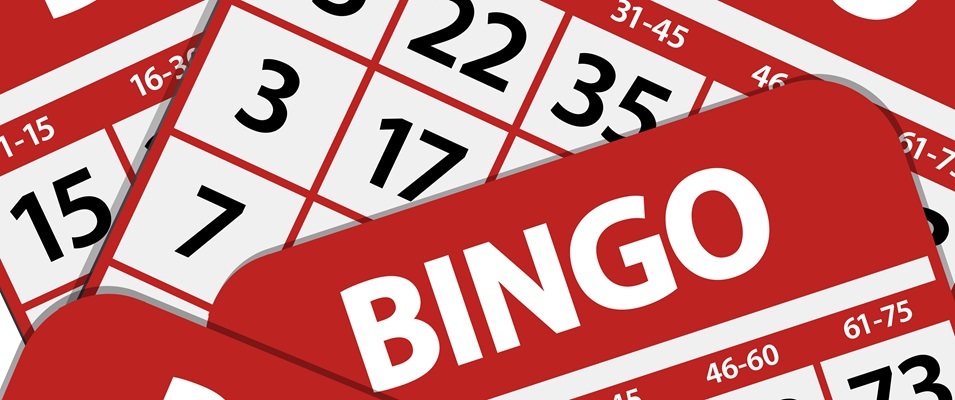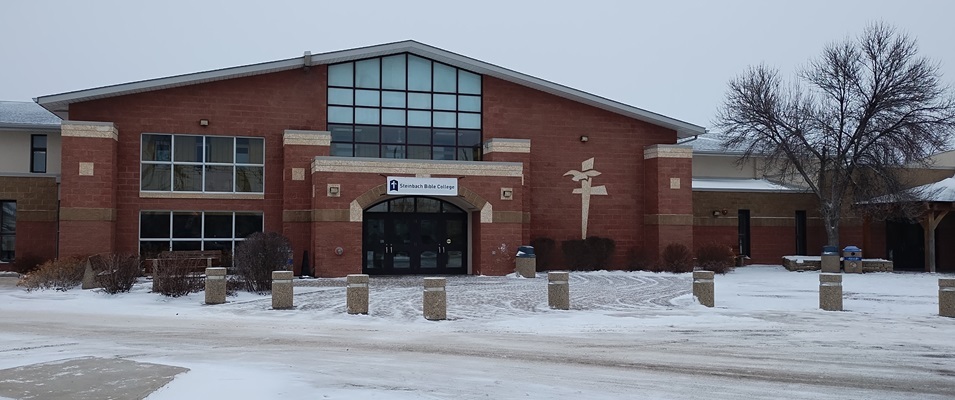People from all over the world have made their homes here. This month, we've reached out to hear about their diverse holiday traditions, as well as some from right here in Canada.
Mona Bilodeau
French Canadian
I have visions of our Christmas traditions of yesteryears. Being raised in a French Canadian family of 9 children, most of our Christmas traditions resemble many other families’ traditions with a few deviations. Our household was cleaned from top to bottom and decorated with garland, snow-spray Christmas motifs on the windows, and hanging Christmas balls that we crafted from the Christmas cards we’d received the previous year.
Christmas Eve was always so exciting as a child as we anticipated the one present we would get to open following midnight mass—placed under our artificial Christmas tree, which had been carefully decorated by our father. The excitement was not only about opening up the present but also that we would get to stay up way past midnight. Because we were going to stay up so late, we had to sleep before church. Not only was it hard to go to bed and sleep at 8:00 p.m. on Christmas Eve, but we had to do it with curlers in our hair (not the soft foamy ones, but the bristly prickly ones).
As an adult, some of the traditions have been dropped, although I have kept a few—namely, the pete de nun my grandmother passed on from her mother. It’s sort of like a doughnut, but the dough is made from mashed potatoes, sugar, flour, and baking soda. The quarter-inch thick dough is cut into squares and fried like a doughnut. Once cool to the touch, they are iced and rolled into coconut. My children and grandchildren enjoy having them at Christmas, just like we did as children nabbing a few from my grandmother’s porch.
Dr. Chris Burnett
Scotland
I grew up in the northeast of Scotland, and I recall that shops were open on Christmas Day. Only the bank was closed. It was a bank holiday, not a public holiday. Christmas was marked by a candlelight service on Christmas Eve and a morning service that we attended after opening our presents. This also enabled us to buy the forgotten batteries for our new toys.
In Scotland, the big seasonal holiday is actually the last day of the year, called Hogmanay. This is a party that starts sometime on December 31 and, for some, will last well into the second day of the New Year. It involves visiting friends and neighbours, serving lots of food, and the occasional glass of whiskey. There is often dancing, which we call a ceilidh, where there is a band, but not pipes (not inside, anyway).
There are traditions such as “first footing,” where you visit your neighbours after midnight, usually bearing a small gift. This visiting can take up the next 24 hours. Other communities hold bonfires in their town centres, and some of these traditions go back well over 2,000 years. These have now progressed to more modern traditions, such as the 100,000 people who turn up in the centre of Edinburgh to celebrate Hogmanay and welcome the New Year.
Even though we have now been in Canada for almost 20 years, this is the time of year we most miss our Scottish heritage and try in many ways to continue the traditions.
Mary Ann Salcedo
Philippines
I have lived in Niverville for 3 years but love the memories of my Christmas celebrations in the Philippines. Back home, Christmas is a wonderful community event. From December 10–24, there are programs at the park with lots of lights and decorations. Then, on Christmas Eve, the tradition in each individual home is to prepare food all day.
The main dish that means a lot to everyone is ham, which in Tagalong is keso de bola. There are also games and gift exchanges, and the tradition is to not start eating until we hear the countdown and the bell from the church, which rings at midnight to proclaim that it’s Jesus’s birthday. We call it Noche Buena. People go out into the streets and shout, “Happy Birthday, Jesus!” They find anything to use as drums, even if it’s just a pot cover and a ladle. A real celebration!
Garry Stratychuk
Ukrainian Canadian
When I was growing up, we followed Ukrainian Christmas traditions. Because Ukrainian Christmas lands on January 7, which is also my birthday, it was always a double celebration.
We had a recipe book which listed them in the back, which my mom was part of having put together. I remember how so many of our traditions had to do with agriculture. I’ve included an excerpt below:
“In every Ukrainian home where national customs are in practice, a sheaf of wheat, diduch, is as much a part of the decorations as is the Christmas tree. The sheaf of wheat is symbolic of the hope that next year’s crop will be bountiful. The Christmas meal is meatless. It consists of 12 different dishes, symbolic of the 12 apostles who shared the Last Supper with Jesus Christ. All food is cooked in vegetable oil omitting all animal fat because Christmas is preceded by a period of fasting which ends at midnight. The first of the 12 dishes served is called kutia, whole wheat cooked for many hours and prepared with honey and ground poppy seeds.”
I remember that was very good. As I entertain wonderful memories of my mother and grandmother’s cooking, I think that it’s too bad that we haven’t kept up with more of these traditions.
Xiaoxiao (Helen) Zhang
China
Every year, my girls and I go to church for the Christmas Eve evening service to celebrate the birthday of Jesus. We open gifts together on Christmas morning. We wear our sleepwear for the whole day at home. We enjoy the food, movies, and family time together when there is beautiful snow outside.
In my childhood, I didn’t know about Christmas. My parents didn’t celebrate Christmas at all. I had my first real Christmas after I came to Canada for studying in 2003. I went to buy some gifts for my homestay family, and I was so happy to open my gifts under the Christmas tree. I enjoyed the moment with everyone sitting around the dinner table with that huge turkey.
This year, my parents will come to visit us from China. It will be the first Christmas with my whole family together. I am counting the days. I am planning the gifts for family and friends. I want to take my parents and my girls to my church’s Christmas Eve evening service. I cannot wait to open gifts and enjoy food together with them.
I always tell my girls that I believe Christmas is not just about gifts and food. It is a day to share happiness with the people who love you so much, and who you love in return. With a hug, a small gift, and saying “Happy Christmas,” enjoy your time with family and friends.
Matilda Doerksen
Paraguay
As a child growing up in Paraguay, I remember on Christmas Eve each sibling always received gifts in individual bowls that were set up on our dining room table. Mom would prepare special treats—cookies, chocolates, marshmallows—all made from scratch. When I was a young teenager, my family began wrapping gifts instead of setting up bowls.
Our Christmas weather was hot and humid, up to 40 degrees Celsius, and I never experienced air-conditioning or refrigeration during my childhood years. Milk and butter were hung in the well to cool. Watermelon was enjoyed at Christmas along with beef dishes and the common root vegetable cassava (mandioca).
As a rule, family gatherings were held outside, often as a barbeque with meats, salads, and soda pop, which we never had as young children. The most common drink in Paraguay was, and still is today, terere. It is the most thirst-quenching social drink.
During my youth and young adult years, we always attended a Sunday School Christmas Eve program. After the program, the youth went caroling to a nearby colony. This went well into the morning hours of December 25. Then the youth were involved in the Christmas morning choir service at our church.
When we moved to Manitoba, the differences became obvious. We weren’t much for decorating trees in Paraguay, the way people do here. But the most obvious difference for many years was the noticeable lack of Christmas bugs. If you’re not from Paraguay, you wouldn’t understand this. The sound of Christmas bugs was so ingrained as a major part of the Christmas season in Paraguay. The noise they made, together with warm humid weather, signified the feeling of Christmas.
Raj Raichura
India
I am East Indian and was raised as Hindu (the same background as Gandhi, the world-renowned leader of peace).
We celebrated Diwali, festival of light, during which good prevails over evil. The celebration lasted for 7 days. On Diwali, we would have a feast, all vegetarian. I did not eat meat until I came to Canada 47 years ago. Now, I celebrate the Christmas tradition with my family here.
Eric and Claudette Cousineau
French Canadian
In our family, Christmas starts with going to mass on Christmas Eve where we hear beautiful hymns and see the pageant with local children dressed up in nativity scene costumes (sometimes a local family that’s recently had a baby dress up as Mary, Joseph, and baby Jesus). After the service, we go to my uncle and aunt’s for the réveillon to visit with family and friends and eat to our hearts’ content, including sucre à la crème!
When we get home, we have to get the milk and cookies ready for Père Noël and put carrots outside for his reindeer. On Christmas Day, we open gifts at home, have lunch, play outside, then go for supper at my parents’ where we eat tourtière, meatballs and gravy, mashed potatoes, corn, etc. After supper, we open gifts, play cards, laugh, and have a lot of fun! Joyeux Noël!
Joe Ashwell
New Zealand
Unlike in Canada, Christmas in New Zealand is hot and sunny. Kiwis always look forward to a good, sunny Christmas Day on the beach. Our family tradition was always a round of Christmas golf at Wiamakariri golf course, our local hangout. And of course a roasted leg of lamb at Grandma’s later on, followed by a hefty serving of New Zealand’s favourite dessert, Pavlova. Mmmm!


















